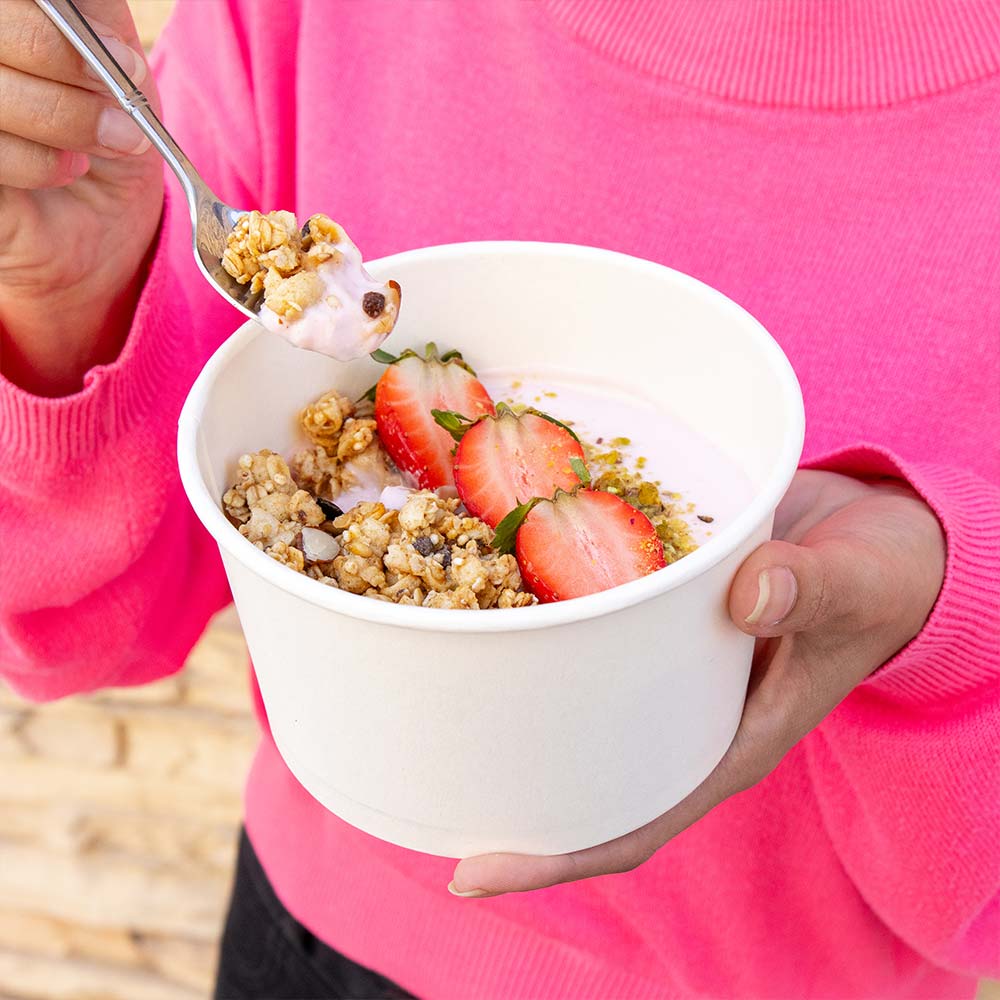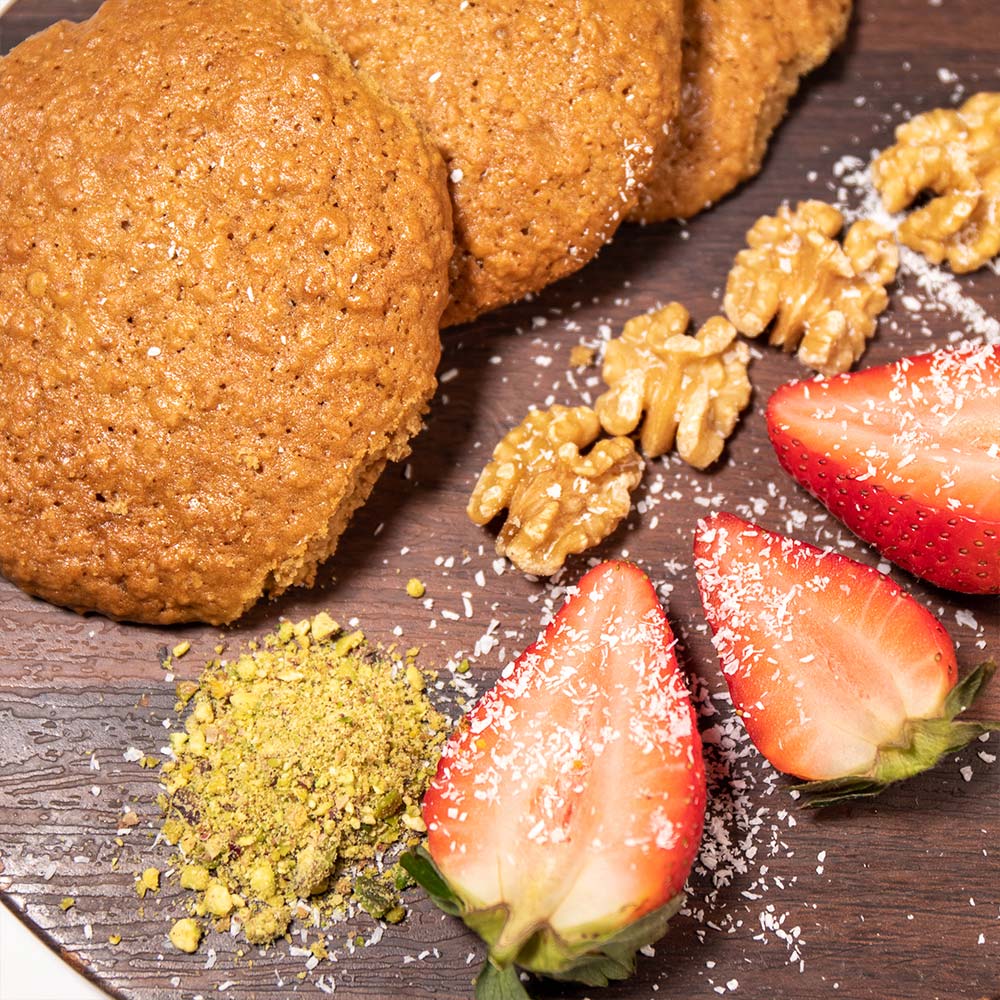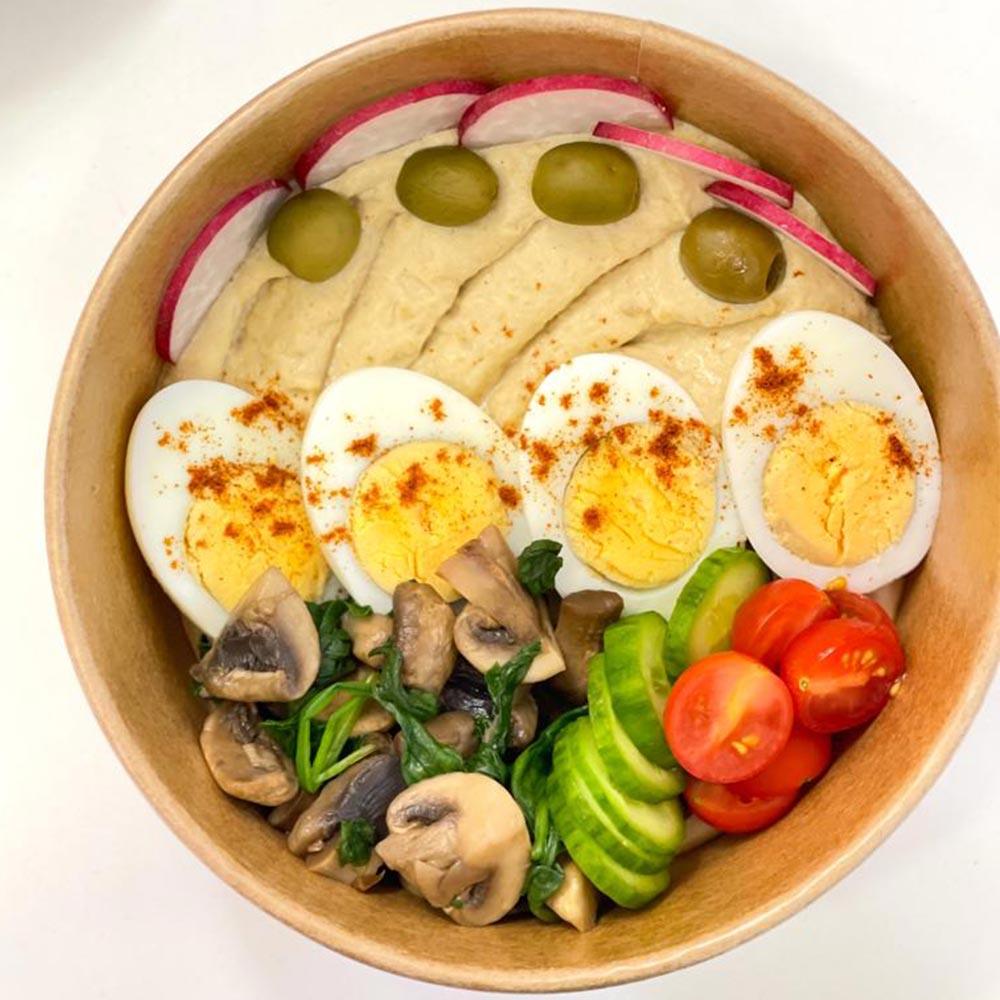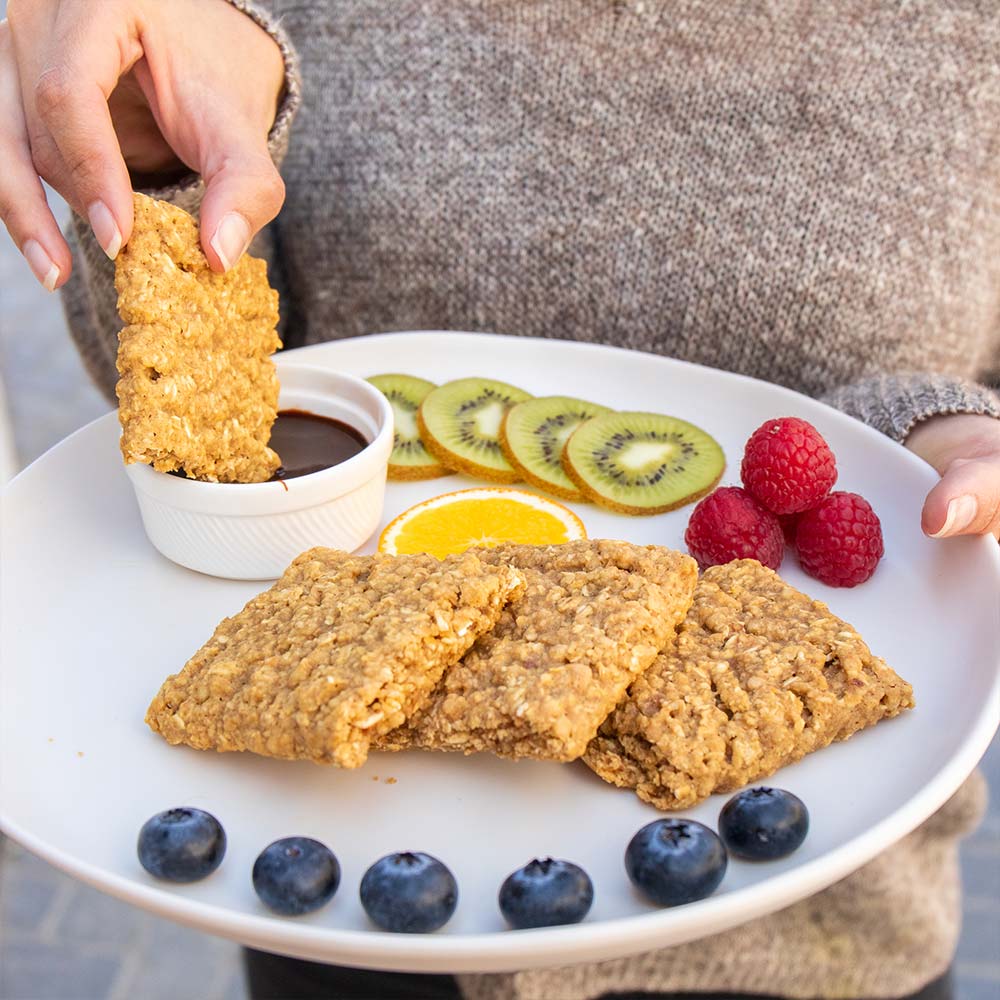Diabetes management is not just about limiting the intake of
sugar. Every diabetic person needs to start his health journey with his first
step to know how certain foods on his plate will affect his blood glucose and
his overall wellness. Diet adoption by millions of diabetes patients can make
them able to take control over their health condition rather limiting them from
taking their food choice. A proper diabetic diet plan with healthy choices to
regulate blood sugar with the optimal taste and meal satisfaction without the
need to compromise.
Energy Meal Plans believes food brings nutrition as well as
amusement in equal measure. We make health control plans that person us to be
able to add to health and keep culinary delight. The article teaches you how to
prepare diabetic meals with low glycemic medical diet plans and weigh diabetic
food while creating better daily eating habits.
Why a Balanced Diabetic Diet Matters
Because someone has either too little insulin (Type 1) or is
resistant to insulin that is sufficient (Type 2), the body shows these problems
with blood sugar regulation. Blood glucose amounts are very much controlled by
food; hence, nutrition control plays a major role in the management of
diabetes. It produces fatigue, irritability, long-term organ damage and all
other complications when blood sugar is not under control.
To build a blood glucose control diet, it is not enough to
restrict sugars but rather to customize the meals with the ideal macro nutrient
distribution and understand when to eat during the day.

1. Start with Carbohydrate Counting
Food components with immediate influence on the blood
glucose are still the carbohydrates. Carbohydrate counting skills are really
important for diabetes management and, therefore, play a very important role in
managing diabetes. Not all carbs are equal. Slow circulating carbohydrates from
whole grains, legumes and vegetables work slowly in the process of digestion to
curb the spikes.
Tips:
- Aim for 45–60 grams of carbs per meal, depending on your
activity level and personal health plan.
- Use tools like food scales or apps to estimate portions
accurately.
- Balance every serving of carbs with fiber and protein to
slow absorption.
2. Focus on Low-Glycemic Foods
The glycemic index classifies food products according to the
speed of blood sugar rise. If the GI value of the food you’re eating is below
55, you remain at steady energy levels, and your blood sugar control levels
remain better.
Go-to Low GI Foods:
- Steel-cut oats, quinoa, and barley
- Non-starchy vegetables like spinach, broccoli, and bell
peppers
- Legumes such as chickpeas, black beans, and lentils
- Berries, apples, and pears (in moderation)
- Dairy alternatives with no added sugar
A good way to both restrict and restrict the intake of
high-GI foods (such as white bread, rice, potato and sugary snacks) is for you
to do so. Rather, diabetics must pick carbohydrates that make balanced diabetic
food.
3. Build Balanced Diabetic Meals
Food on a plate also helps keep blood sugar under control by having these levels in circulation and providing nutritional benefits.
Use the
“Plate Method”:
- Half your plate: Non-starchy vegetables
- One-quarter: Lean protein
- One-quarter: Whole grains or starchy vegetables
- Add a serving of healthy fat (like avocado or olive oil)
This approach represents the visual representation of a
balanced meal to you, even if you can’t track each portion.
Sample Meal:
- Grilled salmon (protein + omega-3s)
- Quinoa (low GI carb)
- Steamed broccoli + carrots (fiber-rich veggies)
- A drizzle of olive oil and lemon juice
Fits those people who live an active life and have a simple
system which works well with diabetes food management.
4. Prioritize Protein and Healthy Fats
It’s the healthy proteins joining with fats that create a
digestive delay, thereby lowering the glycemic effect of the food. This is so
the combination of these foods will keep you fuller longer and keep your
muscles, which is important for weight management.
Best Choices:
- Lean meats (chicken, turkey)
- Fatty fish (salmon, mackerel)
- Eggs
- Greek yogurt (unsweetened)
- Nuts, seeds, and nut butters
- Olive oil and avocado
Protein in a snack like almond butter spread on apple and
cucumber slices with hard boiled eggs, or protein in a snack like Snack Bars,
Perky Jelly Beans, Cooked Eggs and topped with Avocado can help maintain steady
energy levels and minimize hunger sensations.

5. Watch the Timing and Portion Sizes
As far as diabetes is concerned, even the timing of your
meals is equally important to the food selection process. Eating irregularly
and consuming excess food at one meal cause irregular blood sugar fluctuations.
Guidelines:
- Eat at consistent times every day
- Include small snacks between meals if you're prone to lows
- Limit highly processed packaged foods
- Drink water instead of sugary beverages
This way, your body can control the regulation of insulin
more effectively.
6. Plan to Avoid Pitfalls
Usually, the planned intentions collapse due to spontaneous decision-making.
Meal planning is the most effective tool regarding long-term results, so your
success in diabetes management is based largely upon measuring your success
from the food side of things. A meal plan eliminates the anxiety and provides
more time while being in alignment with a diet aiming for health goals.
Energy Meal Plans is a specialized company that will create
a personalized diabetic diet plan to fit your requirements. By servicing, we
remove the need to guess what you should plan, eliminating anxiety in the
eating part of healthy living.
Conclusion
You must know your body systems and how you assist with what
it is that your body requires when you live with diabetes. A properly designed
diabetic diet is a control system for blood sugar without taking away your
energy and your courage. Carbohydrate counting and the selection of low
glycemic foods: Each food you choose will take you closer to stability and health
while relieving you entirely from your condition.
The careful planning of food turns it into a medicine. When it comes to blood sugar administration, it matters to keep things equitable while being balanced and making excellent food decisions.
If you are looking for a transition from unsavoury food
choices to a life of success, then we offer specially designed dietary plans
for you to help you reach your optimum level of nutrition. Energy Meal Plans is
the principle that your meal plate should serve as a support foundation
providing the happiness for your life. The steps of consuming healthy foods, we
all can advance in them together: tasty and nourishing pieces.






























